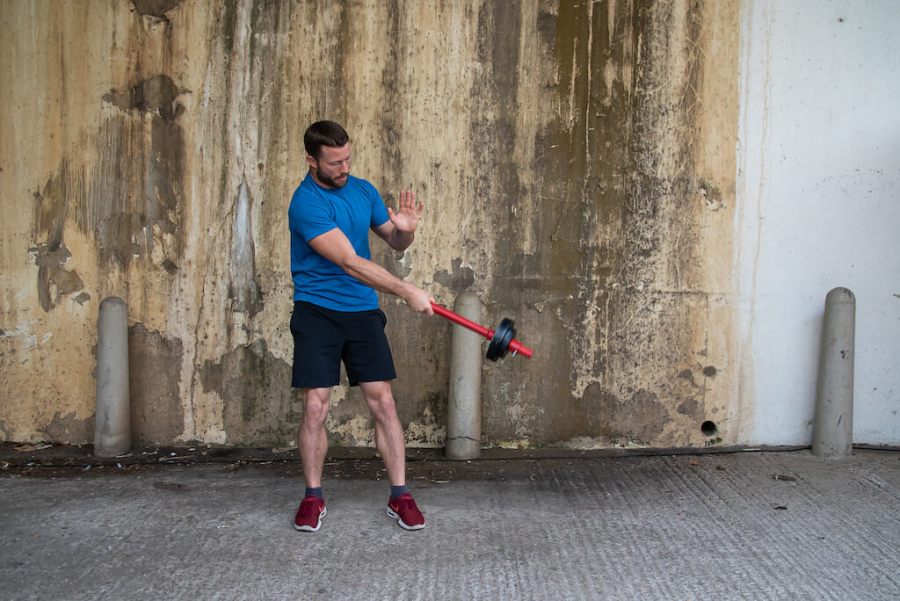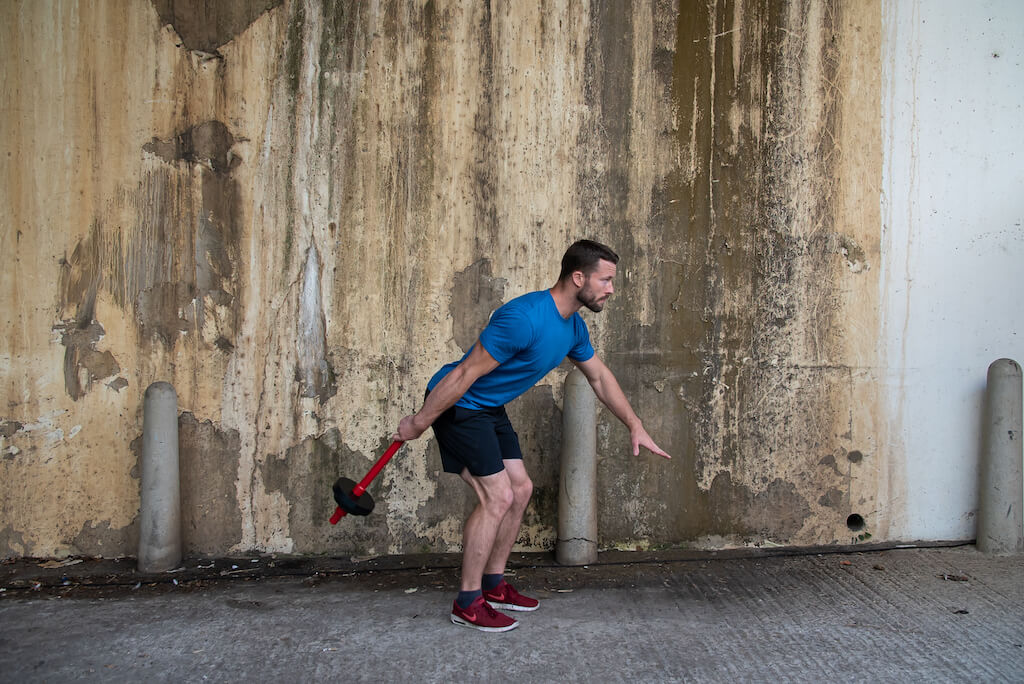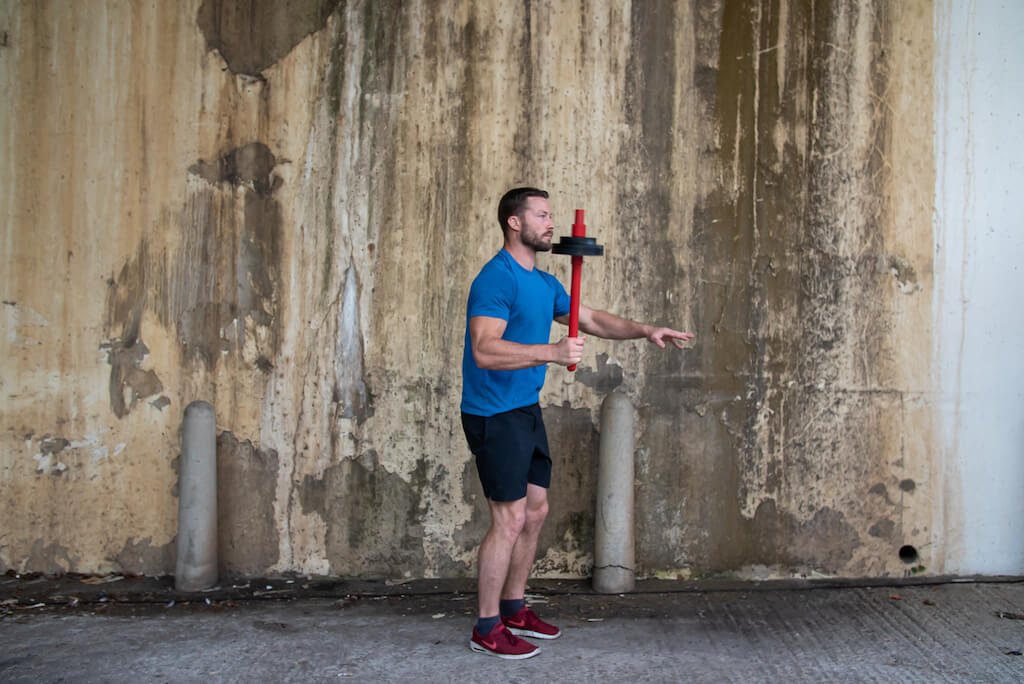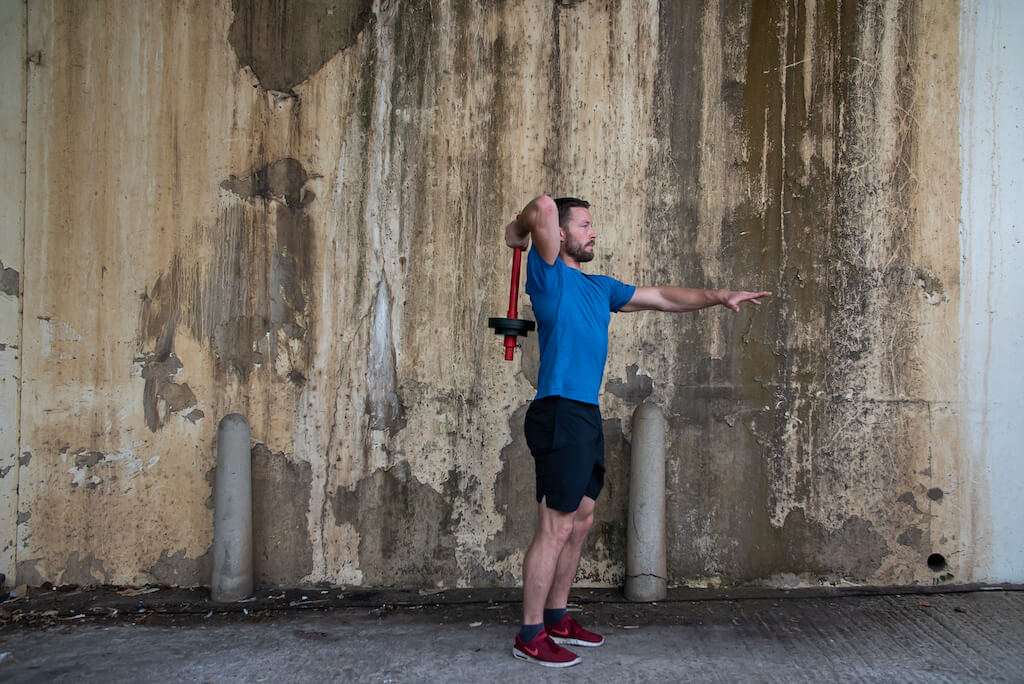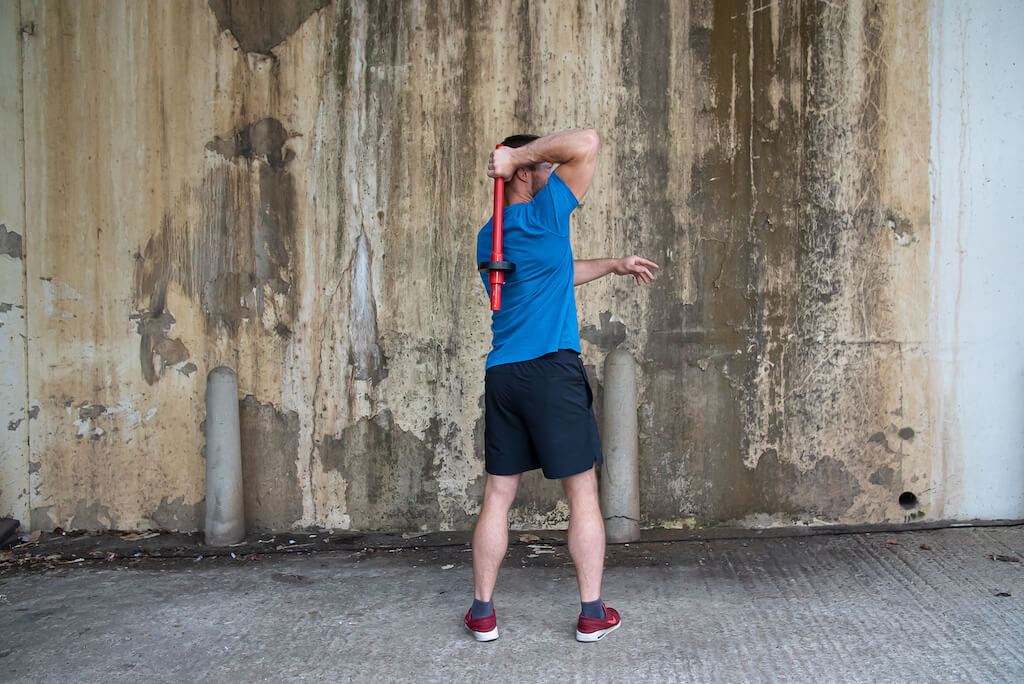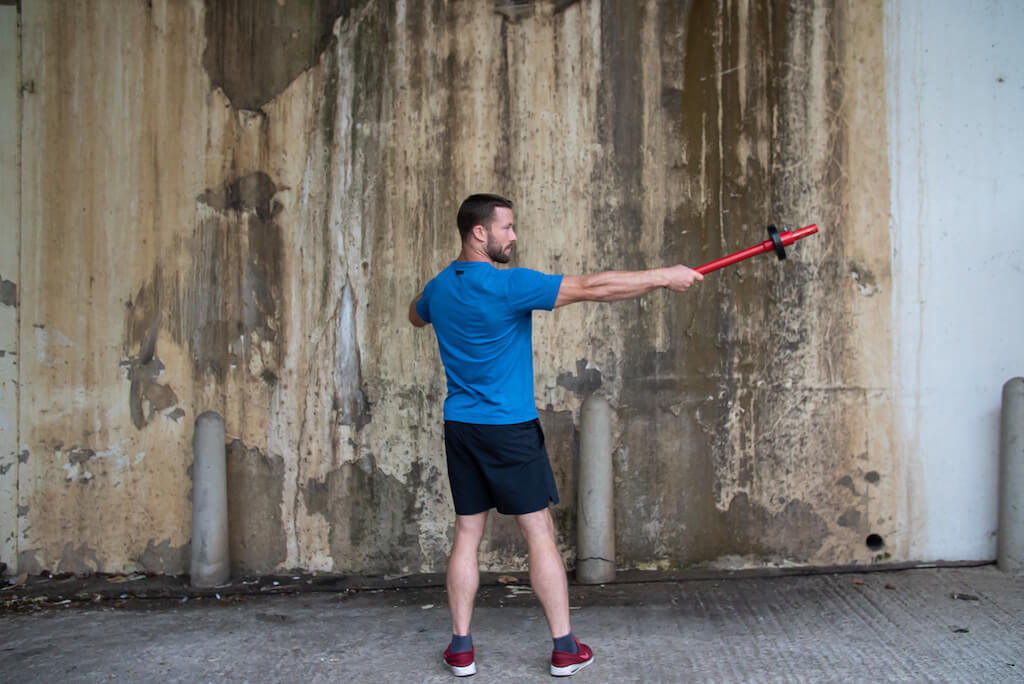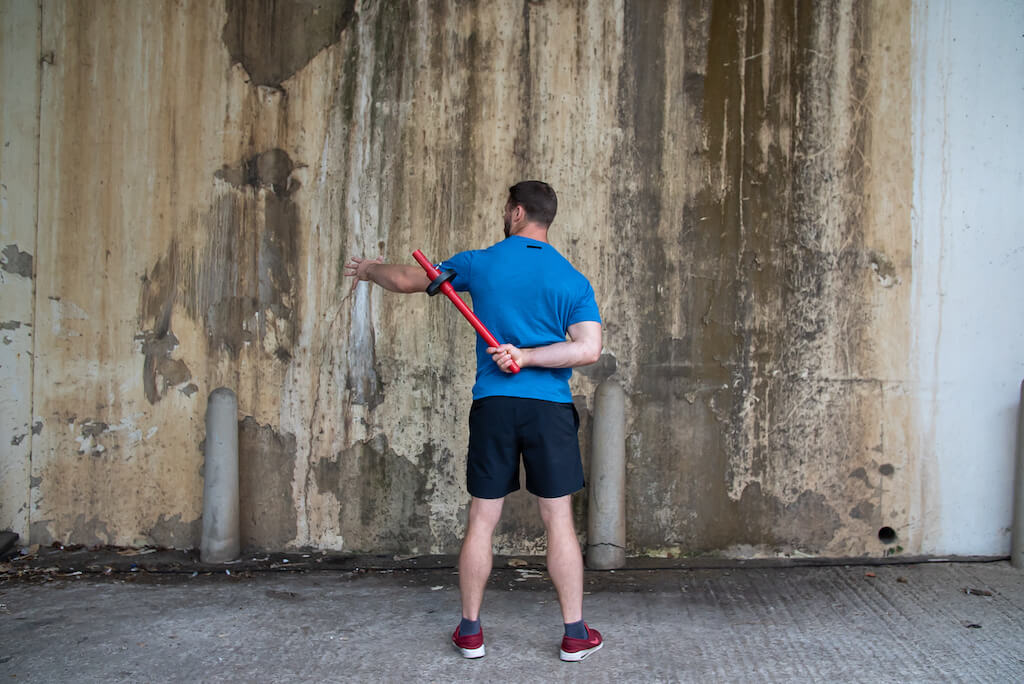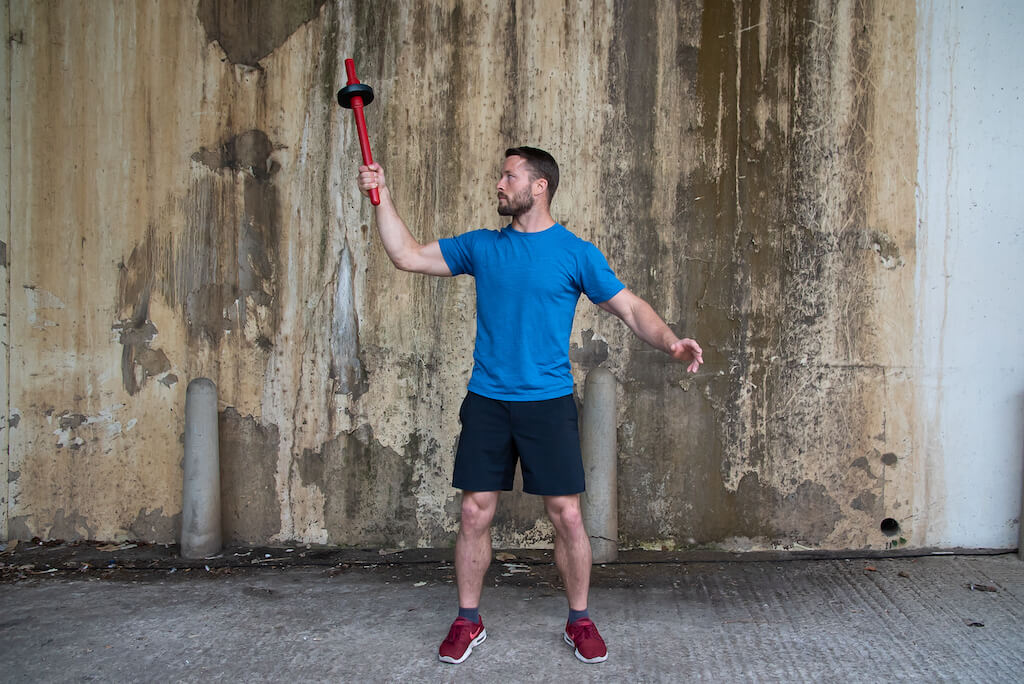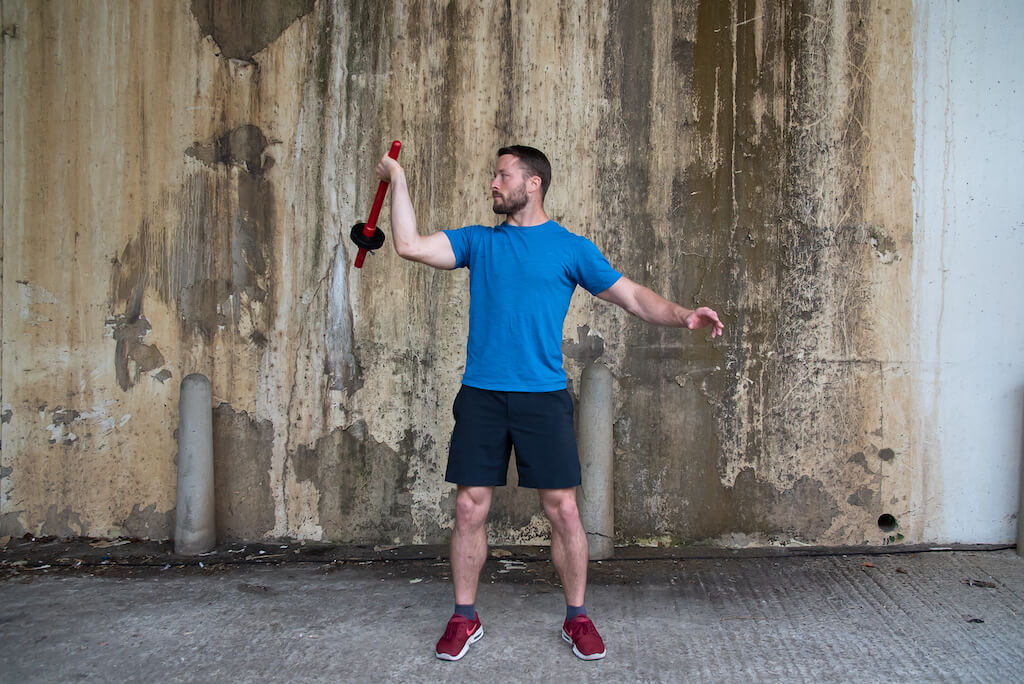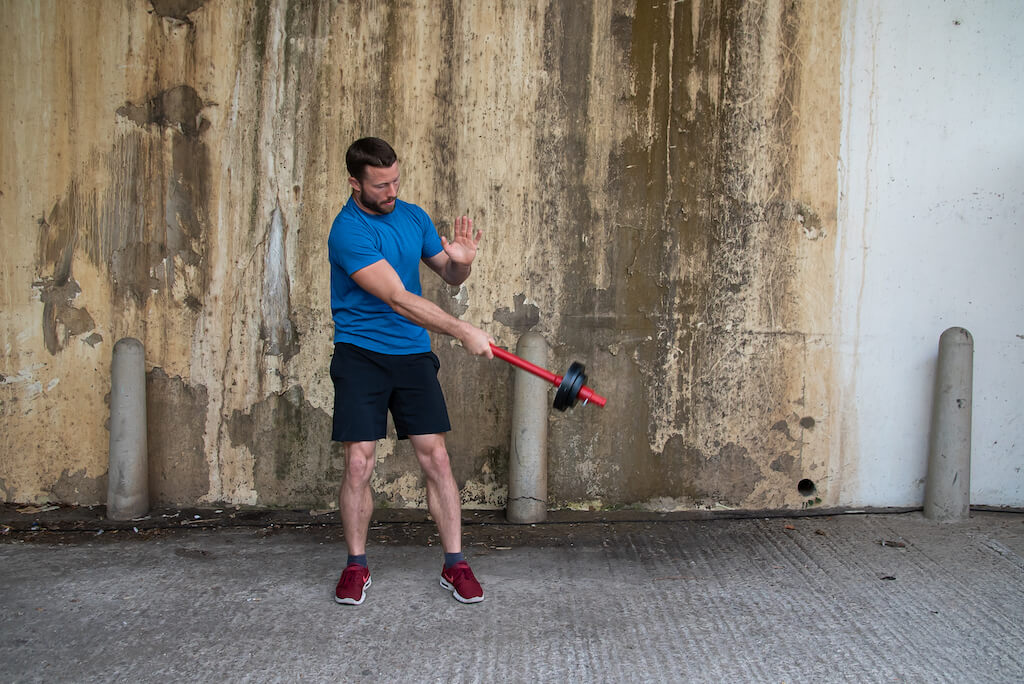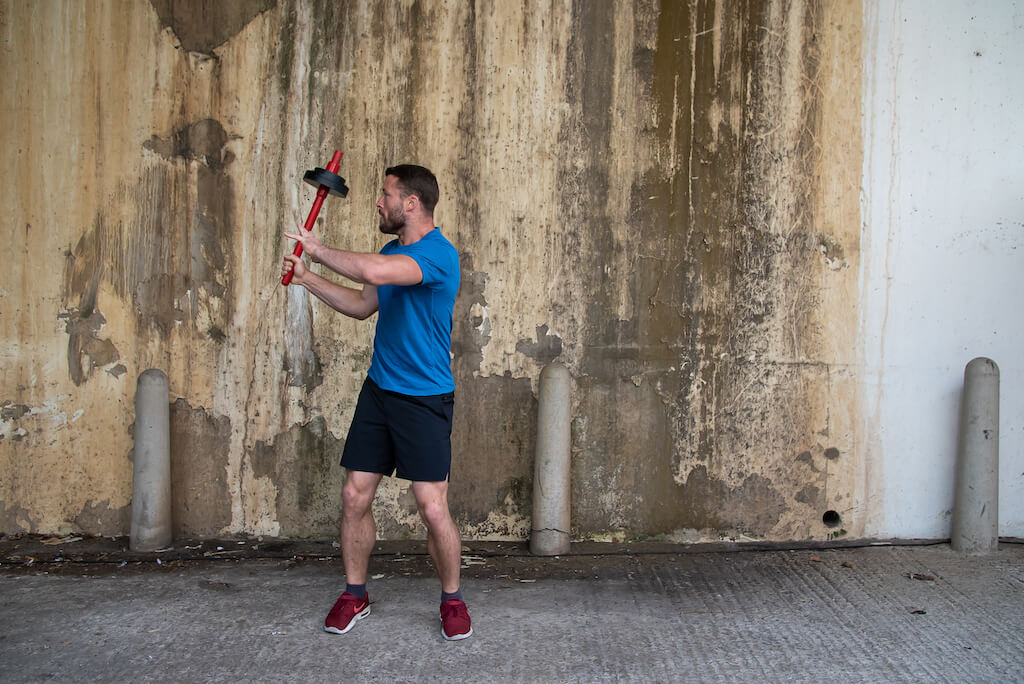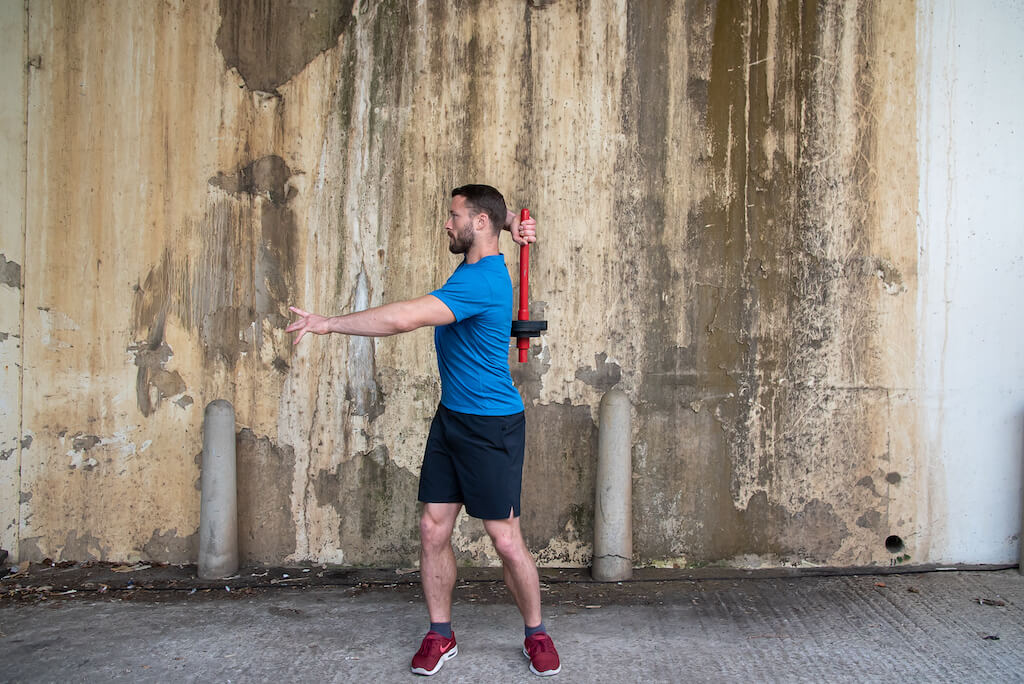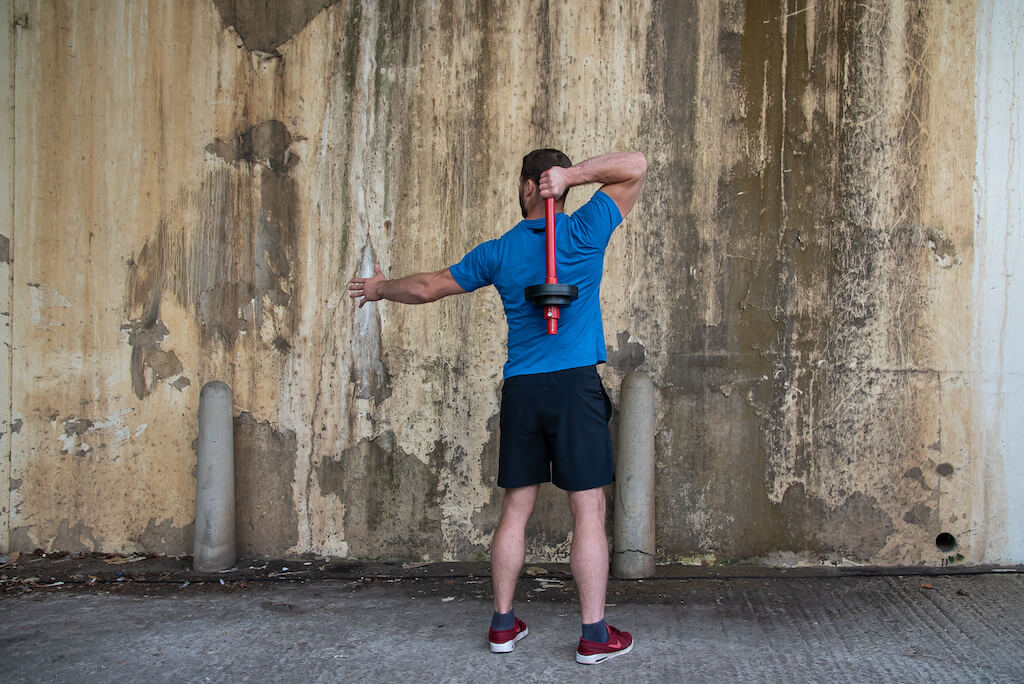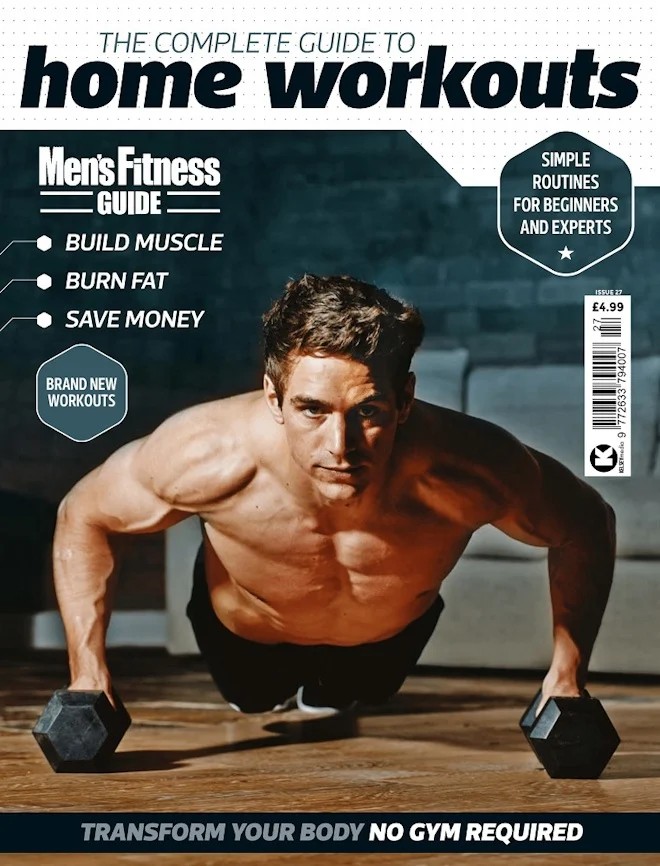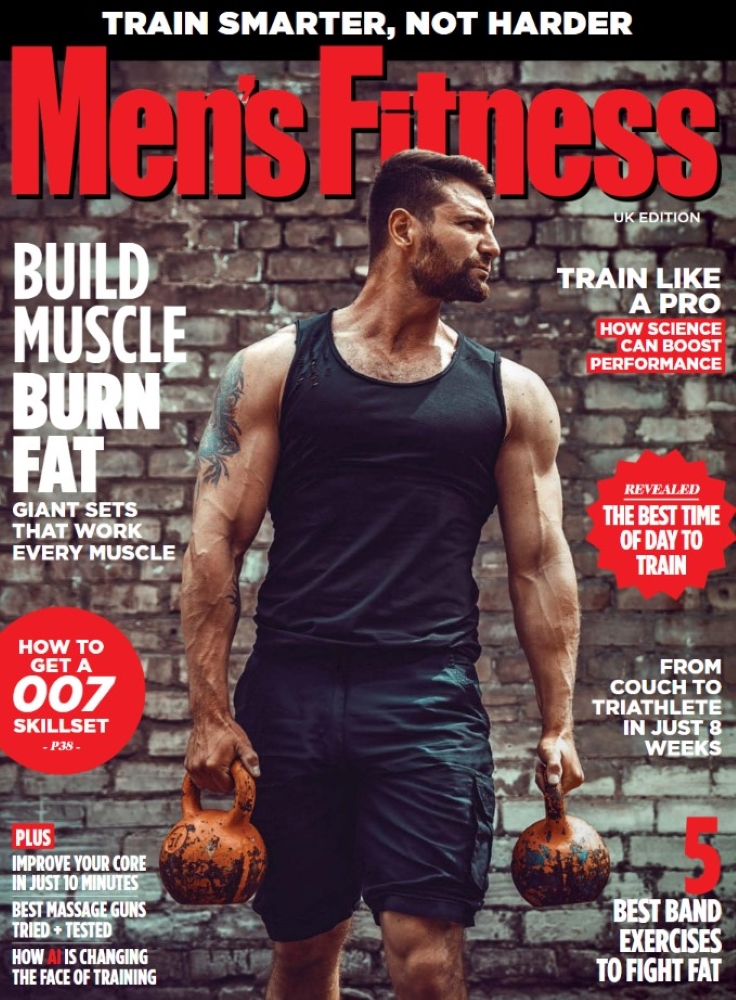Strength expert James Griffiths explains why exercises with Indian clubs are a gateway to improved strength, mobility & injury prevention.
Of all the equipment-based training systems I’ve ever used, power clubs are without doubt the most universally valuable tool I’ve found. That’s for me, my personal training clients, in group exercise classes, with elite athletes, people working through pain and passed injuries, old people, young people, guys, girls. Everyone.
For shoulder mobility and health, nothing comes close to club training. As a single piece of equipment to develop grip strength I also don’t think they can’t be beaten.
For all my gushing, why do so few people know about club training, and even less regularly train with clubs? Are they too new for people to get behind?
No. They are old. Like, really old. The oldest legitimate literature showing clubs being used specifically for fitness and strength is around 2,500 years ago, with persian warriors using them for sword fighting conditioning.
Indian clubs then became really popular in England and Europe during the Victorian period. Athletes, military men, royals – they were all swinging clubs.
Indian Clubs Benefits
Fundamentally, Indian clubs give you two things: leverage and swing-based loading. That’s like a kettlebell, but the shape of the club lends to much more fluid, circular shapes, which result in the muscles being worked through much larger ranges of movement.
That is why Indian clubs are such good tools for improving shoulder mobility in exercises. Olympic swimmers have seen amazing results from warming up with basic club swings.
Anytime you use leverage as a progressive tool in strength training, you start to target a lot more synergistic muscle, so that means core strength and stability improve.
Clubs are also much lighter than most other bits of kit (so you get zero bragging rights for using them). I’ve trained some of the strongest people in the world to become even stronger with a 2kg Indian club.
For ego lifters, clubs will have zero appeal. They require a bit of skill, too, so if you don’t have the patience needed to learn how to use them properly, you’ll never get to train at an intensity to see the impact club training can have on your physique.
Indian Clubs Weight Guide
Clubs range in weight from 0.5kg up to 90kg, which is the heaviest I’ve seen (but that’s obscene). The heaviest one I own is 20kg and I don’t know many people that can lift it properly.
Nearly everyone I know has gone too heavy, with fit guys thinking they’d start at 12-14kg. How wrong they were.
I always suggest a 4-6kg club to learn with, and then if you can build up to an 8kg that would be great for single-arm work. If you can make 50-rep sets with an 8kg feel OK, then go up.
Once you’ve got your Indian clubs, try out the following exercises to get started…
Five Best Indian Clubs Exercises
1. Indian Clubs Swipe
- With feet hip-width apart, swing the club behind you by hinging at the hips.
- As the club swings forward to 45 degrees, pull it so the head flips over your wrist.
- Pull the club so the head travels passed your ear, not over your head.
- Finish with your elbow high enough so the club can’t hit you in the back.
- Throw the club forward and repeat.
2. Indian Clubs Reverse Circle
- Start with the club in the ‘catch’ position from the swipe, behind your back.
- Lift the club out to the side, extending the arm as the club comes to hip height.
- Let the weight of the club swing the club down and behind your body until it is vertical, up your back with your thumb pointing up.
- Make sure the club is travelling left and right (frontal plane) and not forward, or you will hit yourself.
3. Indian Clubs Wrist Circle
- Hold a light club (1kg) up with your elbow out to the side of your body, with 90 degrees in the elbow.
- You upper arm should be parallel to the floor and your forearm vertical.
- Take a tight grip on the club. Do not let your hand open.
- Slowly rotate the club in a full circle without moving your elbow forward or backward, or up and down.
- Practise this with circles in both directions.
4. Indian Clubs Mill
- Stand square with your feet shoulder-width apart and the club behind your shoulder (‘swipe catch’ position)
- Turn your torso to ‘throw’ the club with an overhand throw technique sideways (don’t actually throw the club).
- The club travels left and right, in line with your stance.
- As the club swings through a full circle, pull it back behind your shoulder to the start position.
- Use your pull that recovered the club to your shoulder to initiate the next throw, by turning your body early.
5. Indian Clubs Lateral Torch Lift
- Start with the club in the catch position from the swipe, behind your back.
- Lift the club out to the side, and end with the club vertical and your hand in line with your hip.
- After controlling the club, lift it back up and behind your shoulder to the start position.
The Indian club pictured is a prototype developed by James Griffiths and Rebel Strength, with adjustable loads from 2kg to 20kg. On sale now at rebelstrength.co.uk
Photography: Melissa Cassar
RELATED CONTENT

